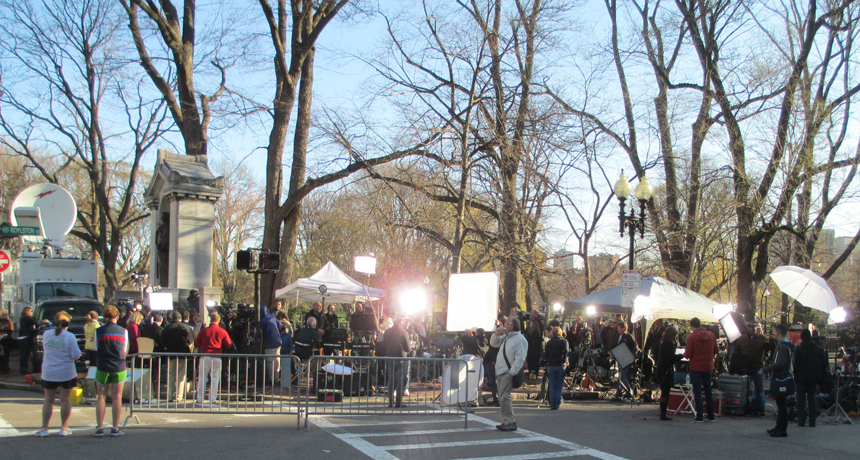Watching media coverage of disasters linked to stress

Media lined Boylston Street after the 2013 Boston marathon bombings to provide continuous coverage of the disaster. Extensive consumption of the coverage made some individuals more stressed.
Craig Michaud/FLICKR







